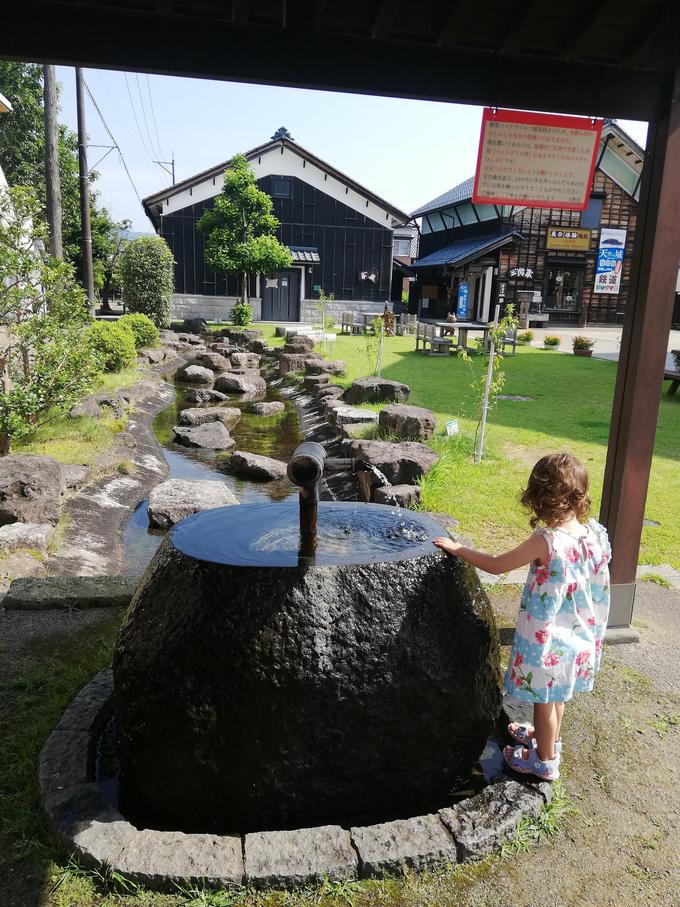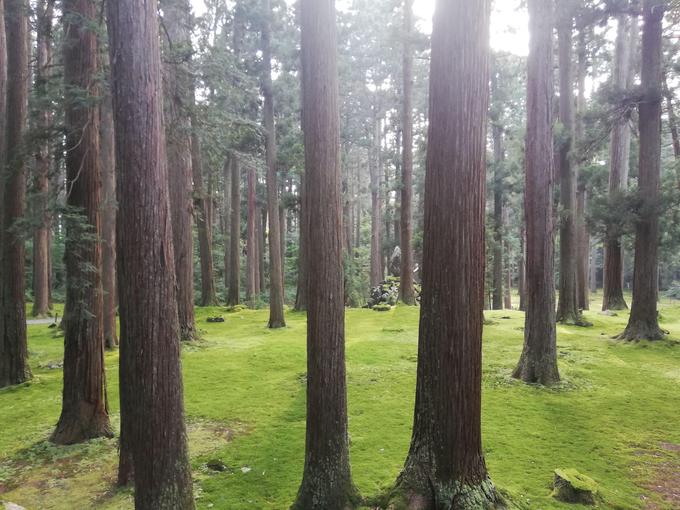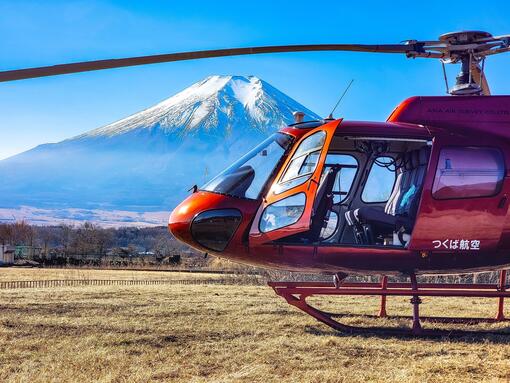
Off the beaten path: A Trip to Fukui, Japan
Last Summer I did a wonderful trip to the West side of Japan. I rented a car and travelled along the Japan Sea, stopping along the way to enjoy what each prefecture had to offer. One of these prefectures was Fukui, known to many Japanese as "the land of dinosaurs" due to the many dinosaur fossils excavated there. It makes a great side trip for those going to Kanazawa.
This blog will share some of the best spots in Fukui Prefecture.
Daihonzan Eihei-ji Temple
Fukui is home to the best temple I have ever been to in Japan. That is Eihei-ji Temple, established in 1244 and one of the two main temples of the Soto school of Zen Buddhism. Set within a tranquil cedar forest, it is an enormous complex made up of seventy buildings with over 200 resident monks. If you go in summer, it is stunningly green, with tinkling streams and chirping birds adding to the charm. The atmosphere here is very serene. Listen to the monks chanting while you walk around the ancient temple complex, you can almost feel like you've stepped into another century.
The Echizen Daibutsu at Seidaiji
This temple houses the tallest seated Buddha in Japan, it is enormous. The Buddha is surrounded by thousands of eerie statues, each one unique. The temple was founded by local business mogul Tada Kiyoshi. He designed it himself and evidently followed the idea "the bigger, the better". It's not the most authentic temple, but it is visually interesting and worth a visit. It also features the tallest pagoda in Japan, with great views of the surrounding countryside. It is a relatively unknown place - when we went we were the only visitors!
Fukui Prefectural Dinosaur Museum
Excavations began in 1989 and more dinosaur fossils have been found in the Katsuyama area of Fukui than anywhere else in Japan. They even found four full skeletons! The area is also home to one of Japan's best museums - the Fukui Prefectural Dinosaur Museum. This dinosaur paradise spreads over four floors and has more than 40 dinosaur skeletons on display. They have many lifelike animatronics and the main dome area is designed so that you feel like you're walking amongst the dinosaurs. Of course there are many educational exhibits filled with information about the earth and fossils. They have English (although the Japanese is more extensive), so non-Japanese speakers can enjoy this museum too.
Next to the museum is the Katsuyama Dino Forest Park where you can find 44 life sized dinosaurs, some that move and make noise. They are spread throughout the parkland and forest and kids will love trying to spot all the dinosaurs.
Ono City
Ono City is a pleasant small town that is a good place to sleep before strolling around the next morning to see the town's Shichiken Morning Market. The locals were very friendly, giving away their freshly picked tomatoes and chatting like we were friends. There are quite a few temples to see on Teramachi Avenue, and the town just has a nice atmosphere. There are also several fresh water springs located around the town where you can sit and chat to the locals. The most famous thing to do in Ono is the see Echizen Ono Castle. It sits 250m above the town and in certain weather, visitors can experience a "sea of clouds" as the cloud and mist sit below the castle, making it appear as if it were floating in the sky. The castle is closed for visits from December to March.
Heisenji Hakusan Shrine
Known as one of Japan's most famous "moss temples", Heisenji offers a 20 minute walk up stone stairs, with cedar trees and moss surrounding you on all sides. It is very peaceful and a great place to meditate away from crowds.
Tojinbo Cliffs
Stretching 1km along the coastline of the Sea of Japan, these basalt cliffs have been eroded by the ocean to form unique stone pillars. There are only three formations in the world like this, so it can be quite interesting to see. They have boat cruises to see the cliffs from the sea, but exploring on foot is just as good.
Echizen City
Echizen is known for traditional crafts such as knife making, lacquerware and washi paper. It attracted merchants and artisans during the feudal period due to its close proximity to Kyoto and Kanazawa and the readily available raw materials. These days the traditional wares of Echizen are highly regarded all over Japan.
While there, stroll around the Teramachi district, a small area modelled after Kyoto containing over 20 temples. The Takefu Knife Village is worth a visit too, although it is very hot inside so be prepared! You can stand on the second floor and watch the knife making happening from above, it's actually very interesting and strangely addictive to watch. If you're interested in lacquerware, you can head to Urushi no Sato Kaikan, which is a lacquerware museum where you can try your hand at various crafts like painting your own lacquer. Their crafts are so high quality that they were used in the construction of Toshogu Shrine in Nikko.
We ate lunch at Echizen Soba no Sato to try the famous Echizen soba. Although we didn't partake, you can try a soba making experience here. Nearby is the Echizen Washi Village where you can see how they make washi paper and try decorating your own. They had a really good visual explanation of how it is made, where we could watch up close and ask questions.
































